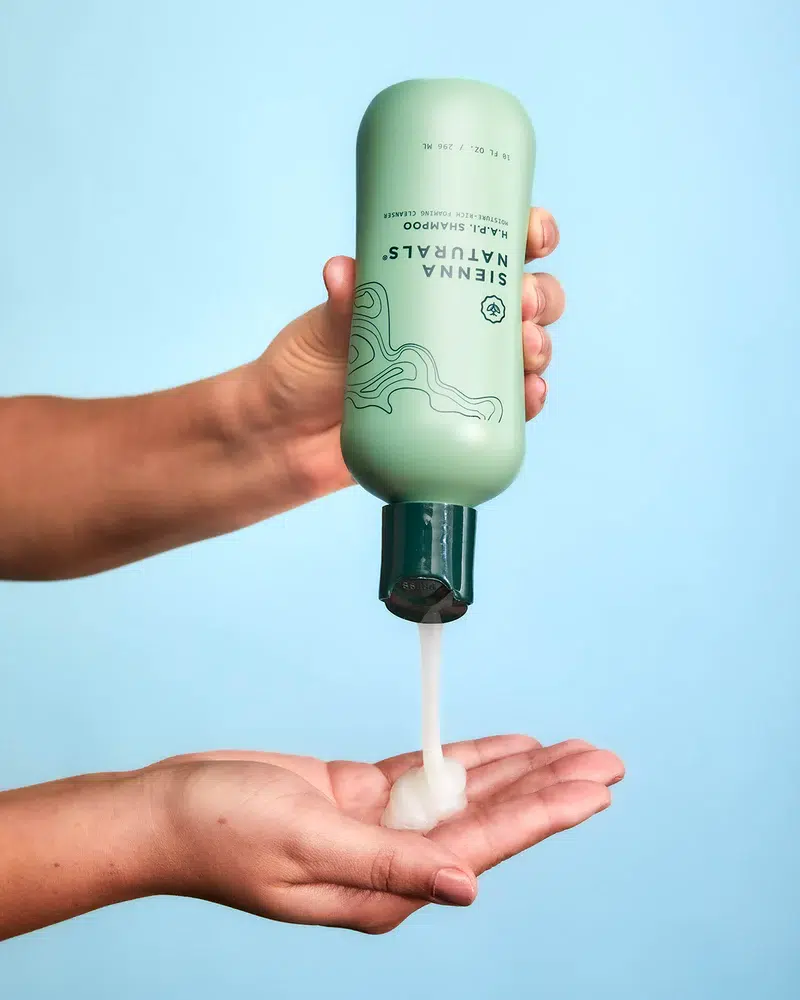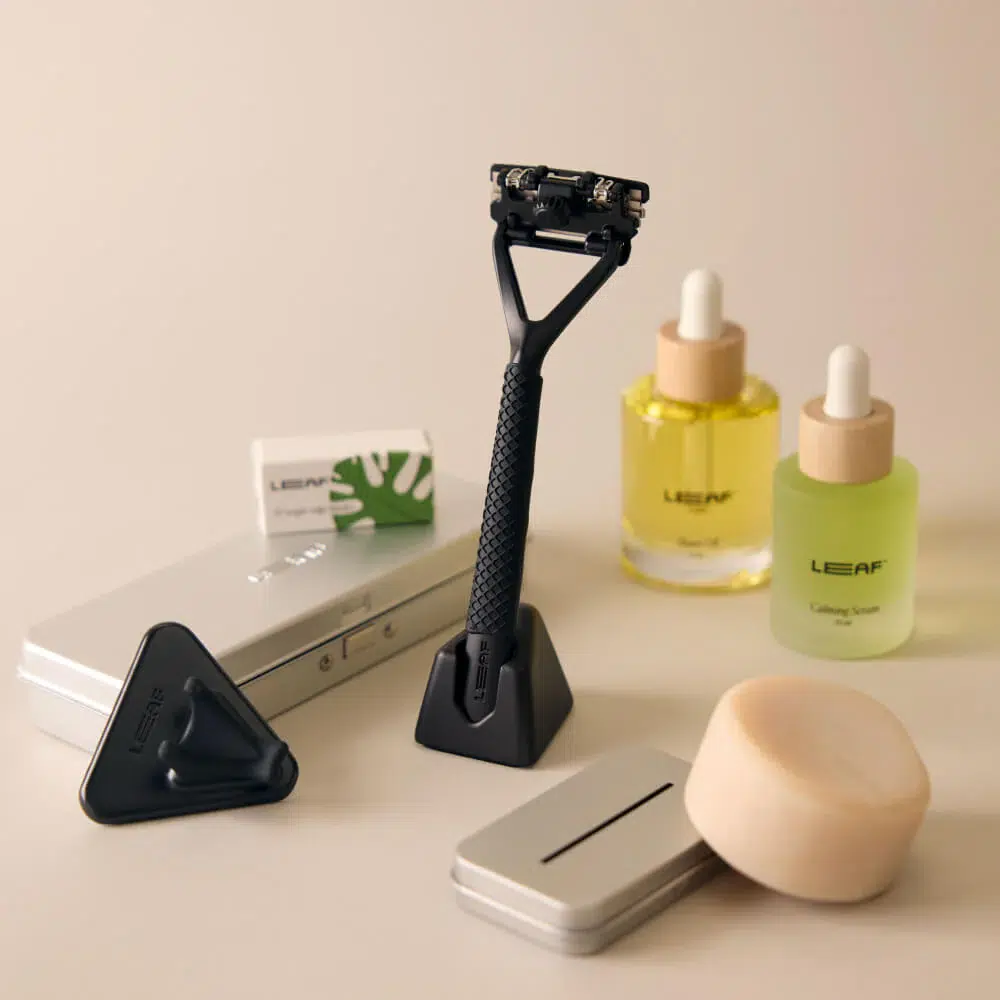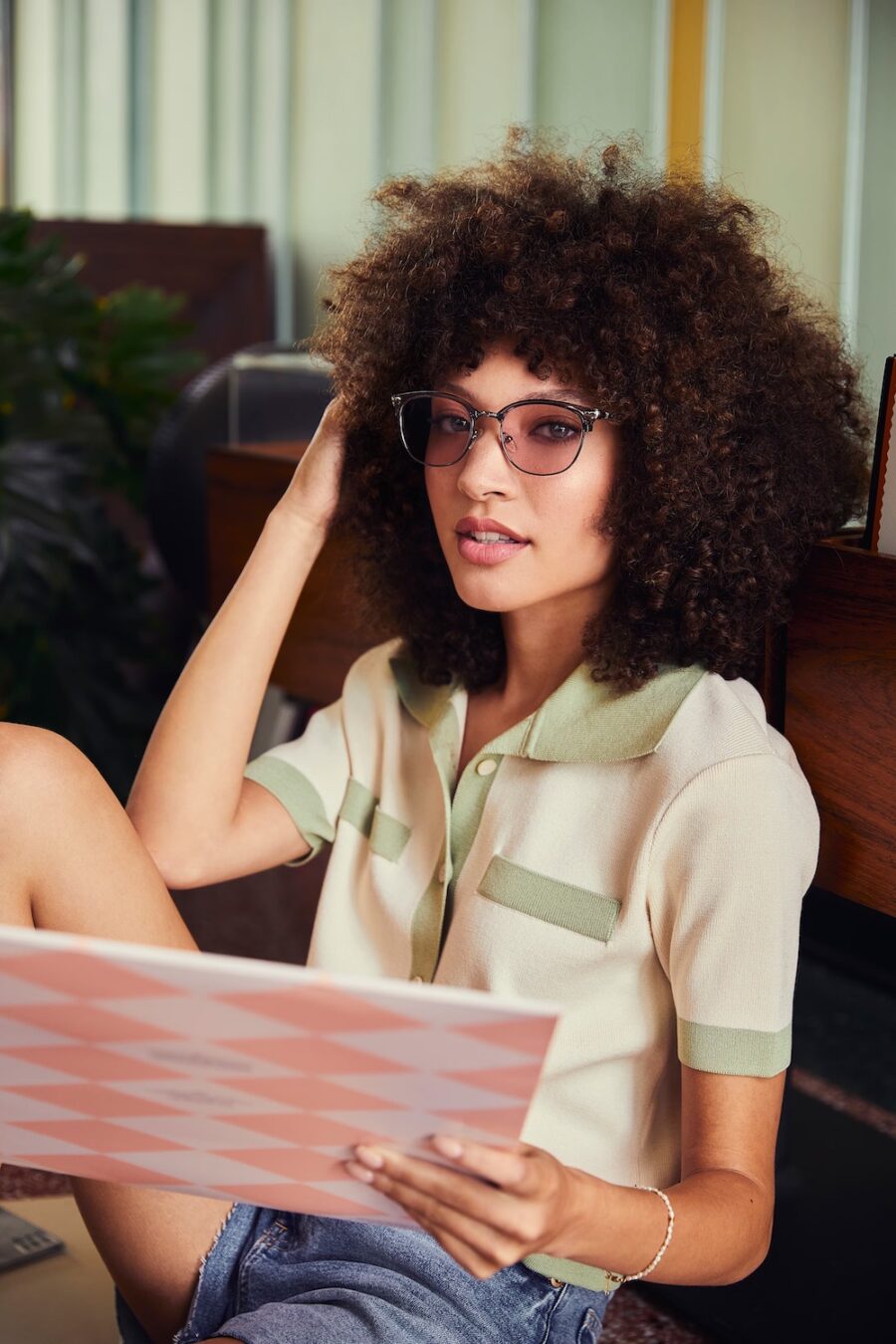
Do Migraine Glasses Really Work? We Ask The Experts
If you suffer from migraines, whether occasional or chronic, you know all about how debilitating they can be. There’s nothing like a throbbing, incurable head pain to ruin your day — especially when it comes along with other symptoms like light and sound sensitivity and nausea.
Probably all you want to do during a migraine is lay down in a dark, quiet room and do nothing. That darkness is super helpful — around 80% of folks with migraines also have photophobia, a heightened sensitivity to light that can cause head pain. But sometimes a nap in a cave-like room isn’t an immediate option. And it turns out that that isn’t always necessary, because during a migraine, only some wavelengths of light trigger discomfort, not all.
What causes a migraine?
Migraines don’t usually have one foolproof remedy, and they don’t always have an obvious trigger, either. Caffeine, stress, sleep changes, and even certain weather or foods can all cause one. But bright light, either fluorescents or sunlight, is one of the most common triggers with migraines — if it doesn’t cause migraines, it at least makes them worse.
“Bright light is one of the most common triggers with migraines — if it doesn’t cause migraines, it at least makes them worse.”
White, blue, amber, and red light have been shown to exacerbate headaches in most patients, while green light is typically soothing. “That’s not to say you can sit in a room with green LEDs and feel better,” says Dr. Saya Nagori, an ophthalmologist and the CEO of eyefacts.com. “It has to be a specific dark green in order to be soothing.”
Dr. Nagori recommends migraine glasses to her patients with chronic migraines, noting that the glasses filter out blue and amber light while letting in soothing green.
What are migraine glasses?
Migraine glasses have tinted lenses that specifically filter out the light that exacerbates migraines. They can provide immediate relief from headache or migraine symptoms, and they can even decrease symptoms over time with regular use, especially if you’re someone who experiences chronic migraines.
Unlike sunglasses, migraine glasses don’t simply turn down the brightness. “Sunglasses primarily block UV rays and reduce overall brightness,” says Steven Lee, Head of Optical Product at Zenni Optical. “Migraine glasses, on the other hand, specifically target and filter out the wavelengths of light known to be migraine triggers.”
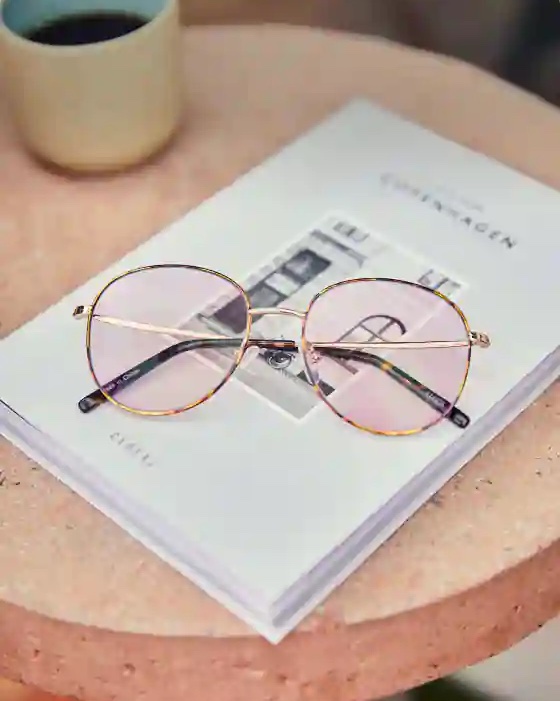
“Migraine glasses specifically target and filter out the wavelengths of light known to be migraine triggers.”
Migraine glasses can be worn inside, since they aren’t as dark as sunglasses. And unlike blue light glasses, which are designed to reduce eye strain from screens, migraine glasses are designed to block potentially irritating light from fluorescents and the sun.
How do migraine glasses work?
Migraine glasses have special FL-41 lenses that filter out only the irritating wavelengths of light and give the world around you a slight rose tint.
Migraine glasses’ tint has been proven effective at reducing migraine severity in studies like this 2016 one that shows the effectiveness of lenses that filter out 480nm wavelengths and this 2022 one that built on existing studies that show the effectiveness of migraine glasses for folks recovering from traumatic brain injuries.
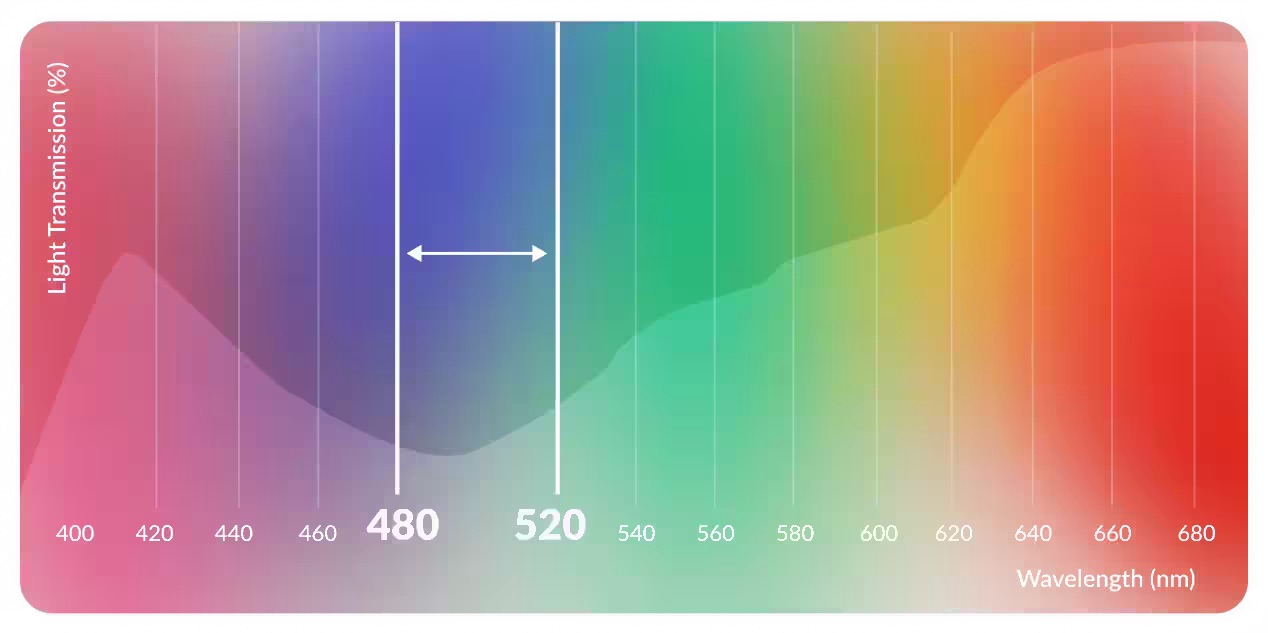
There’s no prescription needed for migraine glasses, since they’re just plain lenses that filter out certain wavelengths. One of our favorite migraine glasses brands, Zenni Optical, offers glasses with 25%, 50% or 80% tints depending on how bad your light sensitivity is and whether or not you spend a lot of time outside. The 25% ones are great for indoor use while you’re around fluorescents or LEDs, and the 80% ones are designed to be worn in bright outdoor sunlight.
How effective are migraine glasses?
According to study after study, migraine glasses are a useful way to reduce the frequency, duration, and severity of migraine headaches.
While helpful, they’re not a silver bullet for eliminating your headaches altogether, and “sometimes need to be used in conjunction with medication,” notes Dr. Yuna Rapoport, a Manhattan-based board-certified ophthalmologist.
“Migraine glasses are not perfected yet, but studies have shown they are effective,” says Dr. Nagori. But investing in migraine glasses will likely be incredibly helpful in reducing the frequency and severity of any migraines that do come on.“Utilizing [migraine glasses], as well as taking migraine medication, can help decrease migraine days and promote non-headache days,” says Dr. Nagori.
Some days you might need to manage your migraines with medication, and maybe some days all you’ll want to do is lay in that quiet, dark room. And, of course, avoiding any known triggers for your migraines is one of your best solutions.
“Tinted lenses can be effective for many people with photosensitivity. However, the best approach varies by individual,” says Lee from Zenni Optical. “Other methods include avoiding direct exposure to triggering lights, using screen filters, adjusting screen brightness, or taking prescribed medications.”
“Some days you might need to manage your migraines with medication, and maybe some days all you’ll want to do is lay in that quiet, dark room.”
This story is in partnership with our friends at Zenni Optical.
Natalie Gale is a Boston-based freelance journalist. When she’s not writing about art, food, or sustainability, you can find her biking to the farmers’ market, baking, sewing, or planning her next Halloween costume. Say hi on Instagram!


